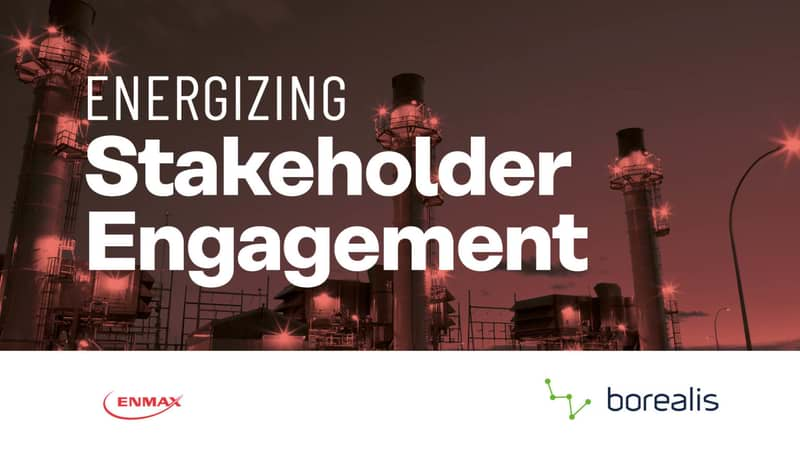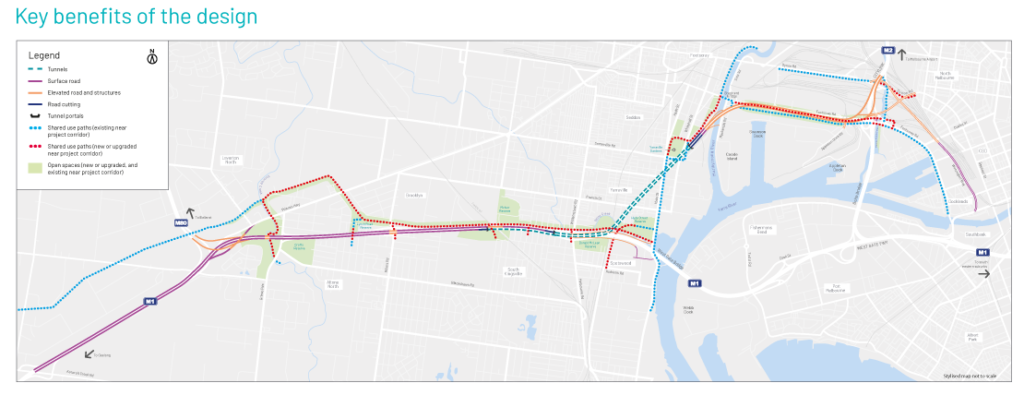I recently had the opportunity to attend the Next-Gen Stakeholder & Community Engagement Summit in Melbourne. What can I say? It was a great conference filled with fascinating insights into the new vision for stakeholder engagement. It’s all about engaging early, influencing and being prepared to be influenced, learning about your stakeholders, establishing a communication strategy adapted to each key stakeholder group, learning from early results and constantly improving upon this ongoing cycle.
There were 3 speakers who particularly grabbed my attention. For those of you who were unable to attend the event, here’s a fly-by of their next-gen stakeholder management wisdom:
- Lisa Harrington of AGL – Topic: Grassroots community engagement on utility infrastructure projects: Lessons learned from an infrastructure projects gone bad because of outdated community relation approaches. Click here to skip to it
- Melissa O’Neil of Bunnings – Topic: Stakeholder engagement in the consumer goods sector. Click here to skip to it
- Tim Holmes of the West Gate Tunnel Project –Topic: Delivering Community Engagement with a major infrastructure projects.
Click here to skip to it
1
Community relations on infrastructure projects
In her presentation, Lisa Harrington, Executive General Manager of Stakeholder Relations at AGL, shared insights on how next-gen stakeholder engagement produces positive trusting relations with key stakeholders.
Common mistakes of outdated stakeholder management
- Misunderstanding stakeholders
- Underestimating stakeholder influence and interest
- Using old schemes of communication
- Waiting until things reach a crisis point to compromise
The old approach to managing outrage consisted of a series of steps designed to avoid having to compromise.
Stage 1: Ignore stakeholder outrage and continue on as planned.
Stage 2: Bury stakeholders with complex data to muffle or muddy the outrage.
Stage 3: Attack and impugn stakeholders and their concerns to undermine their credibility.
Stage 4: Cede to certain demands only if and when absolutely necessary to ensure project continuity.
Proudly Australian, with more than 180 years’ experience, AGL operate the country’s largest electricity generation portfolio. AGL is Australia’s largest ASX-listed investor in renewable energy, and has 3.6 million customer accounts. AGL believes in sustainable, secure and affordable energy.
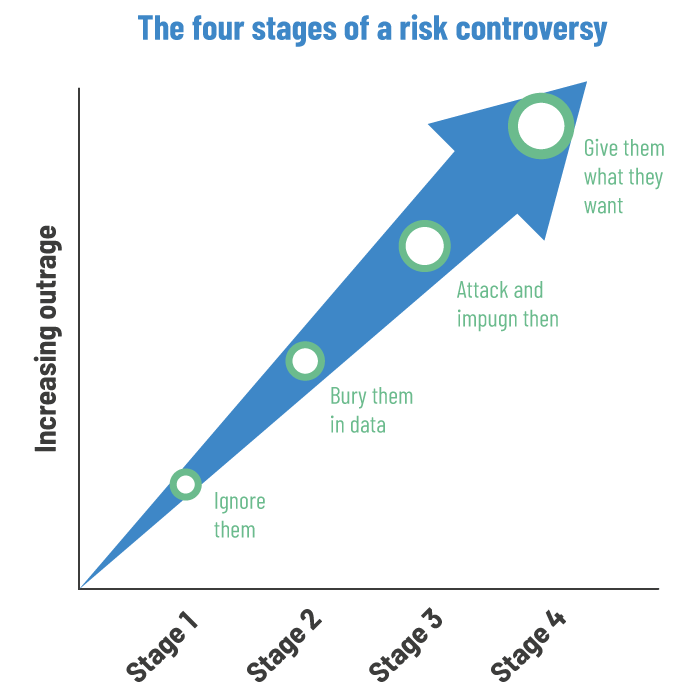
Understanding the public-expert risk assessment gap
In the former stakeholder communication scheme, the benefits (or positive consequence) of a project were pitted against the risk (or the negative effects) of a projects.
Experts and the general public analyze risks in very different ways. Whereas experts take an impersonal and detached view, the public measures risk in more human and personal terms. Such contrasting paradigms can create barriers to mutual understanding.
| Hazard | Outrage |
|---|---|
| «Expert» assessment of risk | «Public» assessment of risk |
| Scientific | Intuitive |
| Probabilistic | Yes/No |
| Acceptable risk | Safety |
| Changing knowledge | Is it or isn't it |
| Comparative risk | Discrete events |
| Personal consequences | Populations averages |
As seen in the table above, a corporation might conduct risk analysis to determine the probability and potential impacts of the risks to determine whether or not a decision makes financial sense.
Community members are more likely to consider how they feel about a project based on its potential impact on their safety and quality of life – and that of others.
Typical reactions of a stakeholder based upon initial positions
The following tables further illustrate the organization-community members chasm. It shows how a typical stakeholder will react to a communication strategy based upon his or her initial position on the project.
Decide-Announce-Defend approach
When organizations use traditional promotional strategies – such as focusing on selling benefit X to gain social acceptance and to counter the risk Y. This is what the old approach – otherwise known as Decide-Announce-Defend (or D.A.D.) – looks like.
| INITIAL POSITION | No opinion | Agree | Disagree | Ambivalent |
|---|---|---|---|---|
| STAKEHOLDER COMMUNICATION |
If you can make it interesting I will accept X is true. If I find out later Y is true, I'll distrust you. |
I know and agree with you and yes I remember I support you. If I'm not a strong supporter I might be offended. |
No, Y is true. So you escalate: «X-X-X!» And so do I: «Y-Y-Y!» You have just reminded me strongly why I support Y. |
If you say X, I'll think Y. If you say Y, I'll think X. I can see simultaneously the truth of X and the truth of Y. |
Declare-Acknowledge-Vision-Evaluation approach*
Next-gen stakeholder managers understand the value of talking with rather than talking at stakeholders. This entails adjusting the message based on stakeholders’ initial position on both the benefit X and the risk Y to gain social acceptance. – This is what the new approach – otherwise known as Declare-Acknowledge-Vision-Evaluation (or D.A.V.E.) – looks like:
| INITIAL POSITION | No opinion | Agree | Disagree | Ambivalent |
|---|---|---|---|---|
| STAKEHOLDER COMMUNICATION |
If you can make it interesting I will accept X is true. I'm glad you mentioned Y,some people have mentioned it. |
I know and agree with you and yes I remember I support you. Why would you mentionY? |
No, Y is true. So you escalate: «X-X-X!» And so do I: «Y-Y-Y!» I'm more likely to consider X now. |
If you say X, I'll think Y. If you say Y, I'll think X. The more you talk about Y, the more I think about X. I don't have to worry about Y, and can focus on X. |
Next-gen stakeholder communication strategies
When it comes to gaining social license to operate, genuinely listening to people and adjusting your message accordingly is much more effective than selling the benefits and hiding the risks.
Here are 5 concrete ways to do this:

1. Control: Ask the community what should be on the agenda for meetings, and focus on their concerns, not your identified project benefits. Share draft reports with stakeholders to show them that they are directly shaping the project, rather than simply being informed of decisions after the fact.

2. Respond: If there are few local benefits, acknowledge it. Ensure Q&A sessions and documents include questions from critics. Answer questions and concerns in plain English, but don’t assume the community is not interested in the technical aspects of the project.

3. Equity of risk and benefit distribution: Openly acknowledge community wins so they understand their level of power. It will also demonstrate that the project is a win-win.
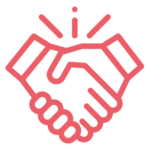
4. Trust: Agree to independent monitoring and evaluation. Share the resulting data and reports even if they contradict your own forecasts. Transparency and trust go hand-in-hand.
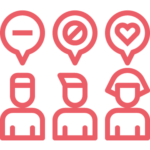
5. Moral relevance: Acknowledge that no one is happy with infrastructure projects (rather than focusing on not-in-my-backyard syndrom). Also acknowledge any moral issues raised, and focus on stakeholder outrage and concerns rather than hazards identified through expert risk assessment.
Download the case study of a utility company that uses Boréalis stakeholder engagement software to successfully manage multiple projects simultaneously
Nurturing key stakeholders relationships
Melissa O’Neil, General Manager of Corporate Affairs at Bunnings Warehouse, discussed stakeholder engagement best practices in the retail industry. See how different the new ways and the old ways of stakeholder engagement are.
The old ways of stakeholder engagement were reactionary
The three main traditional approaches to stakeholder engagement are typically reactive:
- Company centric – Who’s talking about us?
- Stakeholder centric – We should probably talk to someone.
- Issue centric – We need to consult ad hoc.
The new ways of stakeholder engagement proactively build stakeholder trust
Next-generation stakeholder engagement recognizes the benefits of creating shared value – essentially a shortcut to building trust. Among other things, this approach considers:
Understanding the strategic context – as seen through the focused lens of clearly defined corporate objectives.

Using deep insights to forecast change – gained via long-term planning, along with early and continuous engagement.

Managing risk and building resilience – by mining data to engage with stakeholders with the right message, and at the right time and frequency; organizations are building trusting relationship with stakeholders. It increases brand equity and that can be leveraged when things inevitably change.
Collaborative problem solving – via proactive partnering, which is based on finding common ground so that stakeholders and the company alike are willing and able to influence and be influenced.
Next-gen stakeholder management in retail
Retail companies often have a more face-to-face relationship with key stakeholders, which can be a double-edged sword. Retail companies can build trust by:
- Adjusting by site and by project, one size will not fit all.
- Identifying key stakeholders and issues.
- Building internal stakeholder management capability to reduce reliance on consultants who come and go.
- Continuously engaging with stakeholders, rather than on an ad hoc or per-project basis.
3
Community engagement in major infrastructure projects
Tim Holmes, Communications and Stakeholder Director at the West Gate Tunnel Project uses next-gen communication tools to keep its stakeholders informed of the project at all time. Visit the West Gate Tunnel Project library to understand the scale of the communication effort put into the project.
The West Gate Tunnel Project is a $5.5-billion, 5-kilometer toll road project currently under construction in Melbourne. It was proposed in 2014 as a means of alleviating congestion on the M1 corridor.
Here’s a snapshot of the project in numbers:

70 kilometers of new traffic lanes

Two tunnels (4 km and 2.8 km)

2 million cubic meters of soil from construction

9,300 trucks off residential streets

14 kilometers of new walking & cycling paths

Over 17,500 new trees and shrubs planted

Almost 9 hectares of new open space created

6,000 new jobs created
Next-gen stakeholder communication tools
The company relied heavily on next-gen stakeholder tools to smooth what it knew would be a long and bumpy road to social acceptance – a common challenge in many large-scale infrastructure projects. This process started by using a GIS (geographic information system) to map out community engagement priorities.
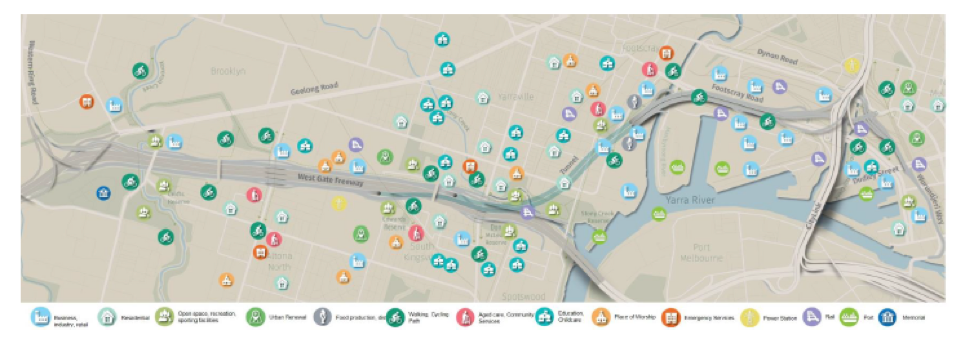
Securing social acceptance for mega-projects
The key takeaways from this journey to securing social acceptance for mega-projects?
- Keep a continuous focus on community engagement.
- Remember that project delivery offers an opportunity to build trust with communities and stakeholders.
- Also remember that when it comes to mega projects, positive outcomes can be sustained well beyond construction.
Next-Gen stakeholder management
These insights reflect the thinking behind next-gen stakeholder management, which focuses on building trust to secure social acceptance.
Engagement teams are now realizing that:
- Infrastructure projects are one-offs that last just a few years, but stakeholder engagement is an ongoing, long-term process that requires dedicated departments.
- Community engagement and corporate affairs (B2B, Government, Regulators, etc.) are two different kinds of engagement, each one requiring its own strategy, approach and sometimes, team.
10 golden rules for building trust with next-gen stakeholder engagement
These are great examples of next-gen stakeholder engagement and there are many others from which astute stakeholder management practitioners can learn from. Find below my golden rules for building trusting relations with stakeholders using next-gen engagement approaches.
1
You need to give trust in order to get it. That’s how any healthy two-way relationship works.
2
Tackle the tough, uncomfortable conversations early – earnestly, and focus on understanding stakeholder concerns rather than pushing your message through.
3
Don’t avoid mentioning risks; it will demonstrate transparency and build trust. If there are no local benefits, just say so.
4
There is no one size fits all strategy, you need to adapt it by site and project.
5
You cannot address all problems, focus on 3-4 key issues. Collaborate with stakeholders to solve them.
Avoid talking about “supporters” or “opponents”. You’ll get better results talking about the “highly engaged”.
7
Acknowledge community wins to demonstrate that your project is indeed a win-win.
8
Frequently ask stakeholders if they are happy with their relationship manager.
9
Don’t forget to engage with internal stakeholders who may be forming negative perceptions about the community. Here too, internal stakeholder management is needed to change perceptions.
10
Take a strategic approach to engagement. This will allow you to invest in relationships over the long term and build a solid foundation of understanding everyone’s roles, needs and expectations while building strong brand equity.





